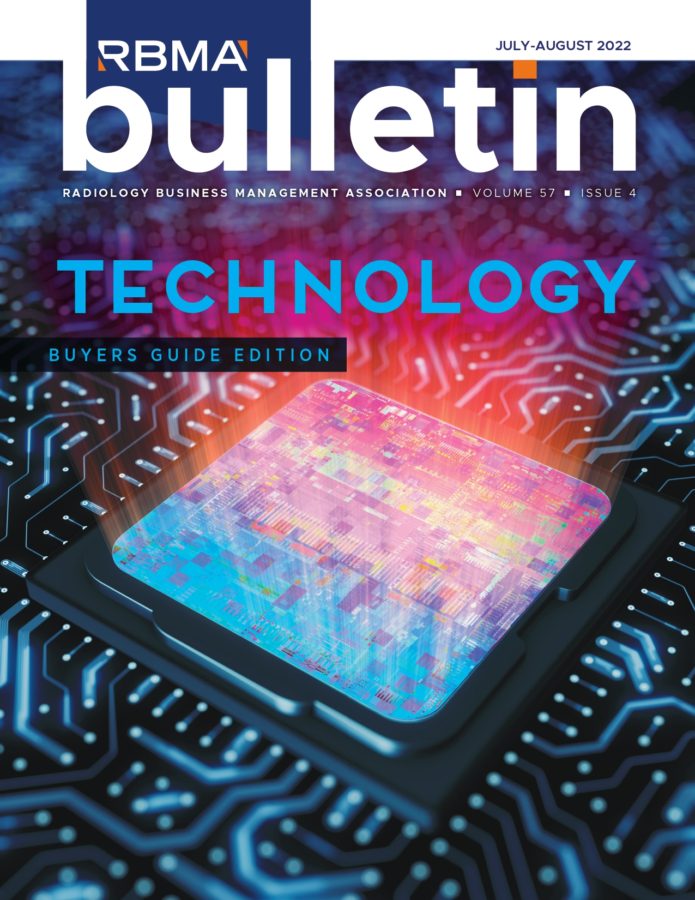Marketing technology. It’s charming and sophisticated. It will attempt to solve every conceivable marketing challenge. It is designed to increase speed, foster productivity, and create more memorable customer experiences. Whether you create content to build awareness, drive demand for products or services, or analyze the results, there are seemingly endless options.
While Martech has its benefits, too much of a good thing may be too much. There are currently over 8,000 Martech solutions worldwide. For the last several years, marketers armed with a credit card have had purchasing power, and with the growth of Software as a Service (Saas), they can often make decisions without much oversight by IT. Marketers know what marketers need, but without much experience buying technology or with integrations, this can lead to a fragmented technology strategy and a barrier to marketing success.
Essential Martech Functions
The core functions of a marketing department are largely universal. Understanding the fundamentals of the marketing department is a valuable starting point for building technology infrastructure. Knowing the processes and activities technology supports will clear a path for technology to succeed.
Increase awareness. Starting with creativity and design, marketing teams turn strategy into opportunities to increase leads, engagement, and loyalty. This step creates content and materials. Marketing Automation (MAP) tools allow teams to more easily perform marketing functions across multiple digital channels like email, social media, and websites. MAP technology manages outreach and helps to streamline and even automate some efforts.
Interact with potential customers. Often thought of as steps in the sales funnel or mapping the customer journey, marketers connect and engage with customers through in-person meetings, virtual events, and digital channels. Content produced by marketers must be readily available for marketers to be productive and for these opportunities not to go to waste. Content Management Systems (CMS) and Digital Asset Management (DAM) tools will help you find what you’re looking for and help with version control, filtering, and search.
Analytics as a cornerstone. Managing customer interactions, gathering insights, and measuring marketing efforts’ performance should be a crucial part of your technology stack. A Customer Relationship Management (CRM) tool helps centralize this information. Using analytics from apps such as Google Analytics and automated ROI calculators keeps you from missing opportunities or mismanaging marketing funds. Integrating an effective customer retention software is a critical aspect of marketing efficiency. The one that is right for you will depend on the size of your organization and customer base.
How to Prioritize Martech Investments
Even if there is an abundance of Martech tools available, it’s important to remember the goal of integrating technology into marketing – to increase productivity, efficiency, and impact. As you evaluate your options, consider these requirements:
• Functionality – it should be the best in its class for the primary purpose and cost;
• Integration – this should be a pain-free step and offer easy access to data and content with stellar support;
• Adaptable – it should allow for customizable options and meet changing requirements.
Marketing technology has massive potential to increase efficiency in marketing. It can help by reducing people’s steps to get something done. Spotting trouble spots that bottleneck processes can lead to opportunities to automate or at least streamline where to find assets and the flow of projects.
Once the marketing department is running like a well-oiled machine, you’ll better understand marketing performance by evaluating the effectiveness of campaigns from production to amplification.
Less is More
More than likely, there is already quite a bit of tech in your toolkit. Now is the time to evaluate which pieces are working well, what’s essential, and what you can eliminate. Marketing technology solutions are only wrong when they pile up and get in the way of marketing success. You can steer clear of this by understanding what you want each tool to support and how to connect their functions. Beware of tools that make claims to do it all. Most have something they do well but don’t have the power to replace dedicated systems.
Want to read on the go? Download the PDF from RBMA by clicking HERE.
